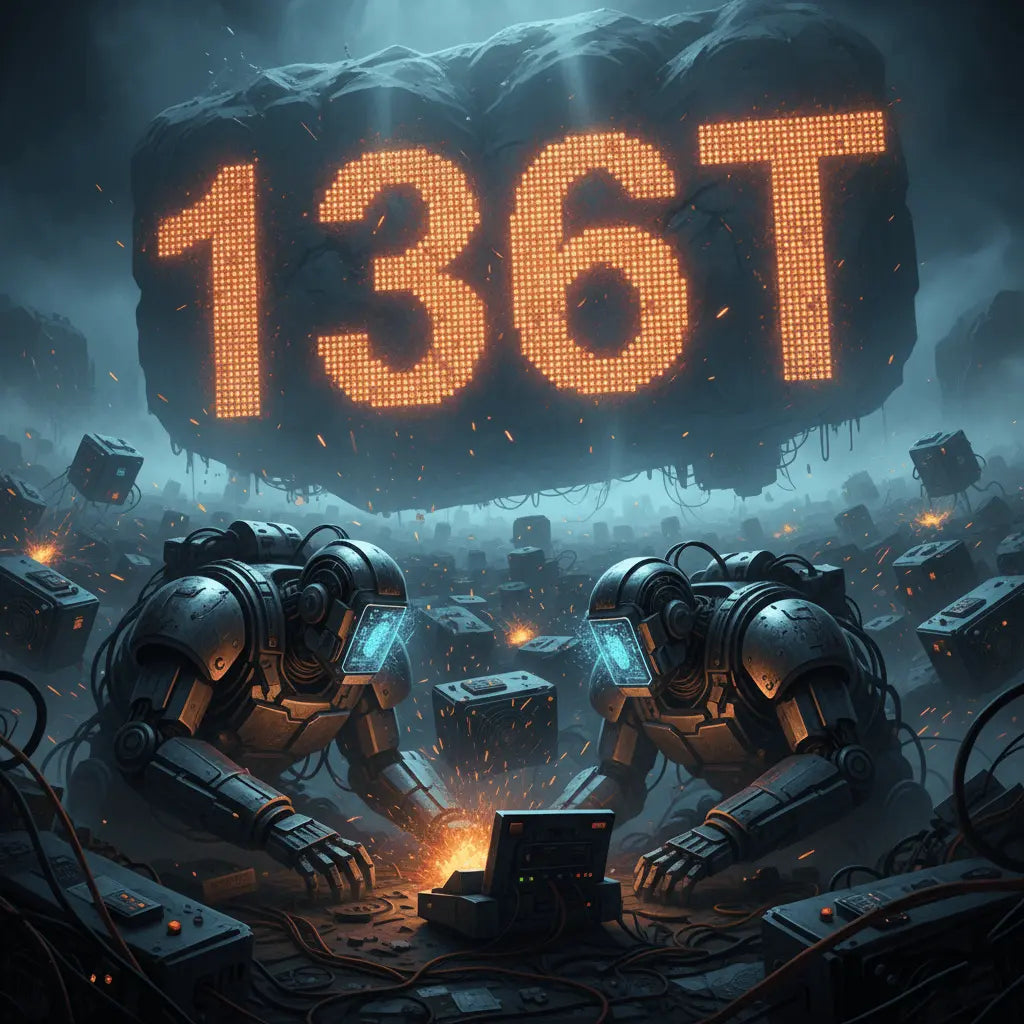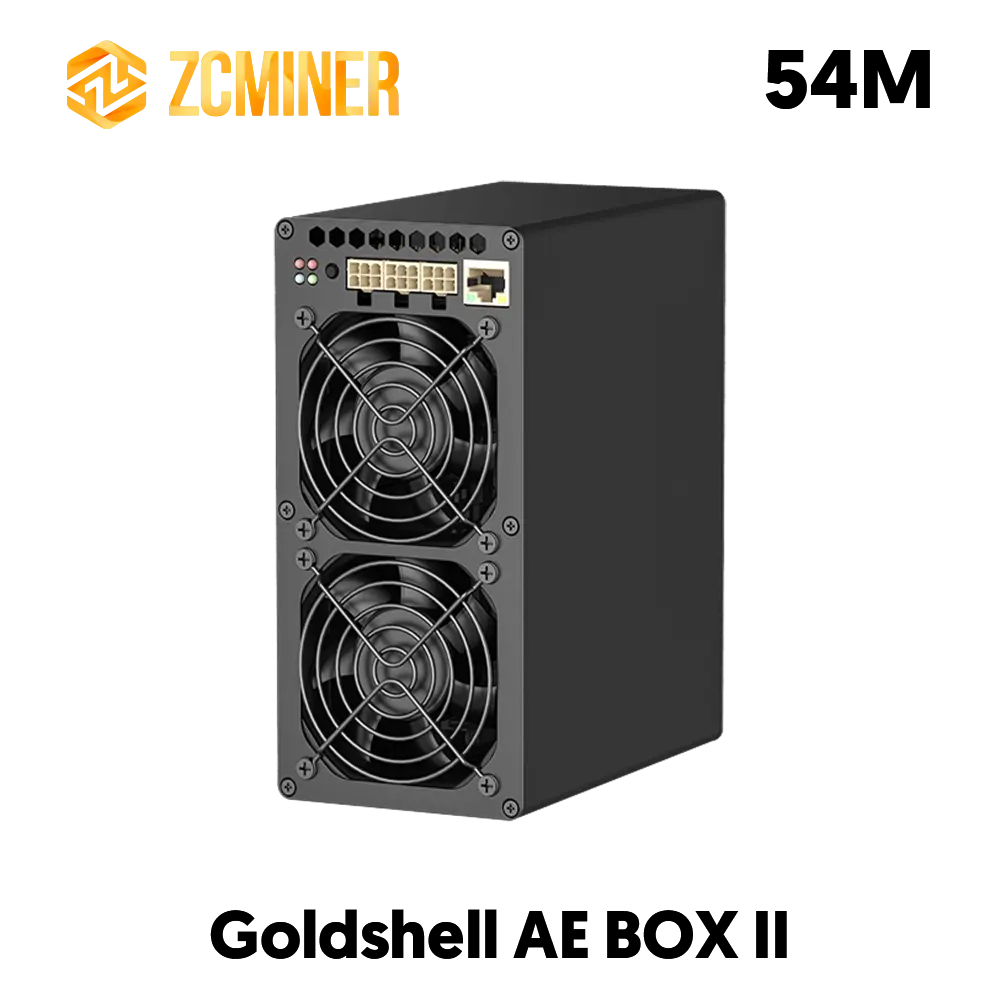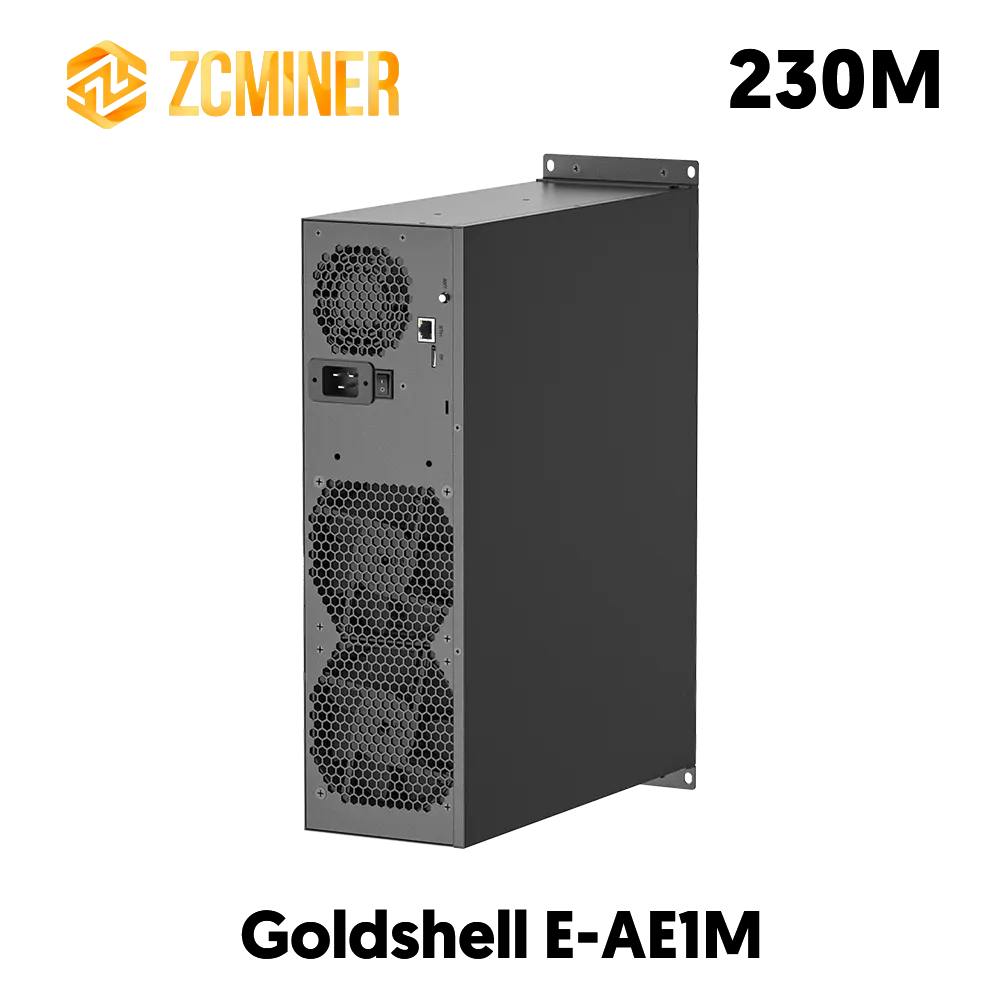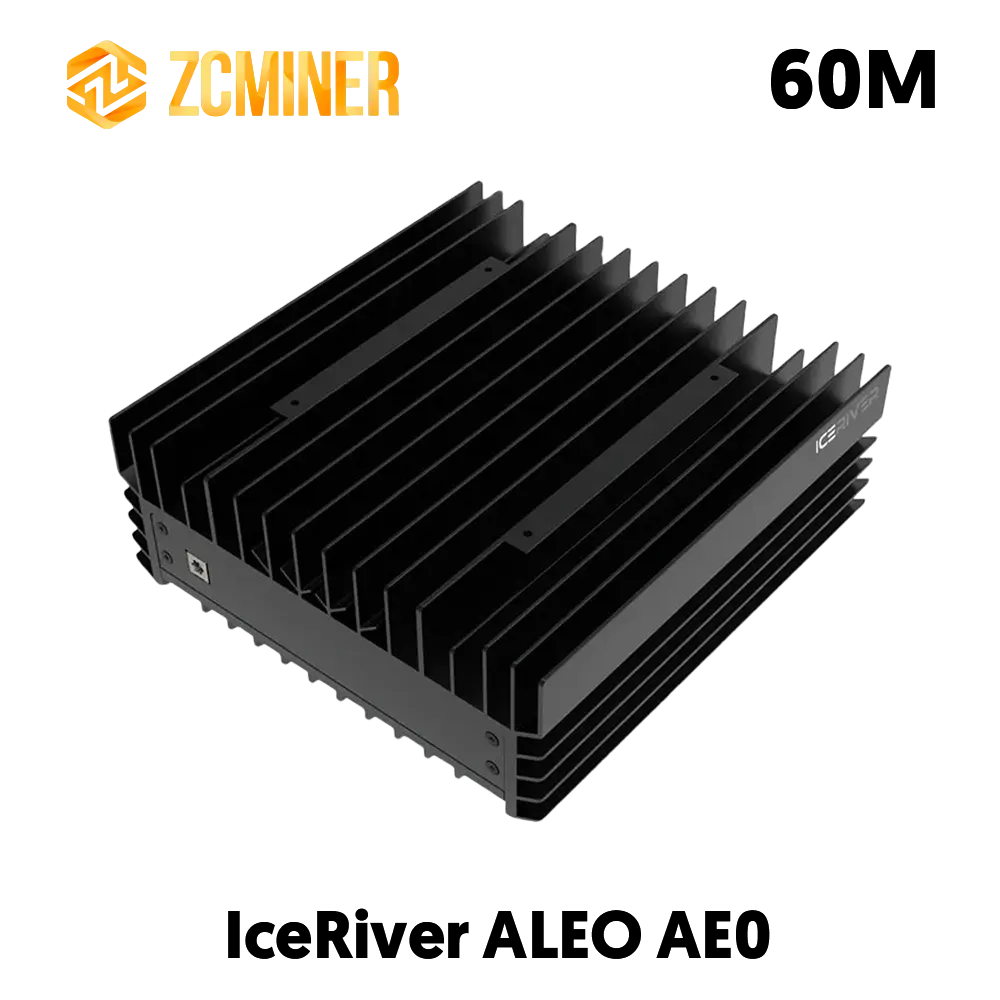비트코인의 네트워크 채굴 난이도는 2025년 9월 초 약 136조(T)로 사상 최고치를 기록하며 6월 이후 5회 연속 상승했습니다. 채굴 경기 침체에도 불구하고 글로벌 네트워크 해시레이트는 지속적으로 상승하고 있으며, 이는 채굴 인프라와 고효율 ASIC 채굴기에 대한 지속적인 투자를 뒷받침합니다. 이러한 난이도 급등은 수익성 유지를 위해 운영을 전략적으로 관리해야 하는 채굴자들에게 어려움과 기회를 동시에 제공합니다.

비트코인 채굴 난이도 및 해시레이트 이해
채굴 난이도는 새로운 비트코인 블록을 채굴하기 위한 유효한 해시값을 찾는 것이 얼마나 어려운지를 나타내는 척도입니다. 네트워크는 평균 블록 생성 시간을 10분으로 유지하기 위해 약 2,016블록(약 2주 간격)마다 이 난이도를 조정합니다.
-
난이도: 난이도가 높을수록 같은 수의 블록을 채굴하는 데 더 많은 계산 작업이 필요하다는 것을 의미합니다.
-
해시레이트: 비트코인 네트워크의 모든 채굴자의 총 연산 능력을 나타냅니다. 2025년 9월 기준, 7일 평균 해시레이트는 초당 1제타해시(ZH/s)를 넘어섰으며, 이는 현대 비트코인 채굴의 엄청난 규모와 산업화를 보여줍니다.
네트워크 난이도가 새로운 정점에 도달하더라도, 채굴자들은 블록 보조금과 거래 수수료가 제공하는 보상에 비해 운영 비용의 균형을 맞춰야 합니다.
매출 압축: Hashprice, 수개월 만에 최저치 기록
사상 최고 수준의 난이도에도 불구하고 채굴자들은 수익이 감소하고 있습니다. 해시 프라이스( 하루 페타해시(PH)당 수익)는 현재 PH당 하루 $51~$52 정도로, 몇 달 만에 최저 수준입니다.
주목할 만한 사례로는 8월에 CKPool 에서 910,440번째 블록을 채굴하여 3.125 BTC의 전체 블록 보상 과 거래 수수료를 획득한 솔로 채굴자가 있습니다. 이는 당시 약 371,000달러 에 해당합니다. 이러한 솔로 채굴 성공 사례는 드물지만, 이 사건은 채굴 보상의 다양성과 전략적 풀 선택의 중요성을 강조합니다.
기록적인 난이도 와 낮은 해시 가격이 결합되면 이익 마진이 압축되는데, 특히 오래되거나 효율성이 낮은 채굴 하드웨어를 운영하는 채굴자의 경우 더욱 그렇습니다.
하드웨어 효율성: J/TH를 낮추기 위한 경쟁
오늘날의 채굴 환경에서는 효율성이 무엇보다 중요합니다. 차세대 ASIC 채굴기가 업계를 선도하고 있습니다.
-
Bitmain S21+ : 216 TH/s에서 ~16.5 J/TH
-
Bitmain S21XP : 공랭 모드에서 ~13.5 J/TH; 수냉 또는 침지 냉각에서는 더 낮음
-
MicroBT WhatsMiner M60S : ~186 TH/s에서 18.5–19.2 J/TH
테라해시당 줄(J/TH)을 조금만 개선해도 전기 비용을 크게 절감할 수 있습니다. 해시 가격이 TH당 하루 약 $0.051인 환경에서는 고효율 하드웨어를 구축하는 것이 수익성 유지에 매우 중요합니다.
높은 난이도와 낮은 수익을 헤쳐나가는 채굴 전략
이러한 상황에서 생존하고 발전하려면 광부들은 여러 측면에서 작업을 최적화해야 합니다.
-
광산 함대 감사 및 업그레이드
-
효율성(J/TH)과 가동 시간을 기준으로 마이너 순위를 매겨보세요.
-
성과가 낮은 부대는 퇴역시키거나 재배치합니다.
-
-
전력 계약 최적화
-
유리한 전기 요금과 절감 옵션을 찾아보세요.
-
비수요 시간대의 전력을 전략적으로 활용해 비용을 절감하세요.
-
-
적절한 냉각을 선택하세요
-
밀도, 기후, 전기 가격에 따라 공기, 수력 또는 침지 냉각을 선택합니다.
-
확장하기 전에 실패 모드와 기생 부하를 모니터링합니다.
-
-
펌웨어 규율
-
공급업체가 승인한 프로필을 사용하고 안정성을 해칠 수 있는 공격적인 자동 튜닝은 피하세요.
-
-
풀 및 지급 평가
-
위험 허용도와 현금 흐름 요구 사항에 따라 PPS+, FPPS 또는 단독 채굴을 고려하세요.
-
-
재무 관리
-
수익 압축 시 타이밍 위험을 완화하기 위해 BTC 보유량을 법정화폐 요구 사항에 전략적으로 매핑합니다.
-
-
열 재사용 및 배출
-
효과적인 전기 비용을 낮추려면 지역 난방, 온실 또는 산업용 예열을 살펴보세요.
-
시장 상황 및 위험 요소
-
난이도 조정: 다음 조정은 2025년 9월 18 일경으로 예정되어 있습니다. 블록 시간이 10분 미만으로 지속되면 난이도가 다시 상승합니다.
-
거래 수수료: 수수료가 낮으면 추가 수입이 제한되지만, 네트워크 혼잡 시 수수료가 급증하면 단기적으로는 큰 도움이 될 수 있습니다.
-
하드웨어 공급: 납품 일정과 전원 공급 가용성은 차량 교체 계획에 영향을 미칠 수 있습니다.
-
정책 및 전력망: 지역 요금이나 감축 규칙의 변경은 수익성에 즉각적인 영향을 미칠 수 있습니다.
비트코인의 현물 가격이 114,000~115,000달러 에 근접하더라도, 채굴자들은 운영을 지속하기 위해 효율성, 가동 시간, 운영 규율 에 집중해야 합니다.
주요 내용
-
비트코인 채굴 난이도는 역대 최고치를 기록한 반면, 해시 프라이스는 지역 최저 수준에 머물러 있습니다.
-
고효율 하드웨어와 전력 비용 관리가 수익성을 높이는 데 중요한 요소입니다.
-
전략적 함대 감사, 냉각 최적화, 신중한 재무 관리를 통해 마진을 보호할 수 있습니다.
-
블록 시간이 10분 미만으로 지속되면 난이도가 더욱 높아질 것으로 예상됩니다.
-
단독 채굴 보상은 여전히 가능하지만 통계적으로 드뭅니다. 풀은 지속적인 현금 흐름을 위해 필수적입니다.
효율성과 전력 사용을 적극적으로 최적화하는 광부들은 현재의 높은 난이도, 낮은 수익 환경에서 생존하고 번영할 수 있는 가장 좋은 위치에 있습니다.
참고문헌
원하시면 이 블로그에 대한 SEO 메타 타이틀과 설명을 생성해 드릴 수 있습니다. 다음과 같은 키워드에 최적화되어 있습니다.
-
비트코인 채굴 난이도
-
해시레이트
-
ASIC 마이너
-
채굴 전략
-
비트코인 수익 압축
이렇게 하면 검색 엔진 최적화를 통해 게시할 준비가 됩니다.
다음에 그걸 할까요?
당신은 이렇게 말했습니다:
ChatGPT는 이렇게 말했습니다:
물론입니다! 권위 있는 암호화폐 블로그에 적합한 장문의 심층적인 글 형태 로 블로그를 확장할 수 있습니다. 과거 채굴 난이도 추세, 채굴 하드웨어에 대한 기술적 세부 정보, 경제적 영향, 그리고 채굴자를 위한 실행 가능한 전략에 대한 맥락을 더 추가하겠습니다. 확장된 버전은 다음과 같습니다.
비트코인 채굴 난이도, 사상 최고치 136T 달성: 저해시 프라이스 시대를 헤쳐나가다
2025년 9월 초, 비트코인의 네트워크 채굴 난이도는 약 136조(T) 에 달하여 6월 이후 5회 연속 상승했습니다. 이처럼 기록적인 난이도 상승은 채굴 경제가 둔화되었음에도 불구하고 네트워크 해시레이트가 지속적으로 증가하고 있음을 보여줍니다. 이러한 환경은 채굴자들에게 도전과 기회를 동시에 제공하며, 하드웨어 효율성, 전력 관리, 운영 복원력에 대한 전략적 계획이 필요합니다.
이 글에서는 난이도 급증의 원인과 채굴자에게 미치는 영향, 그리고 난이도가 높고 해시 가격이 낮은 환경에서 작업을 최적화하기 위한 실용적인 전략을 자세히 살펴봅니다.
비트코인 채굴 난이도와 그 의미 이해
채굴 난이도 는 새로운 비트코인 블록을 채굴하는 데 얼마나 많은 연산이 필요한지를 나타내는 척도입니다. 총 네트워크 해시레이트와 관계없이 평균 10분의 블록 생성 시간을 보장하기 위해 약 2,016개의 블록(약 2주 간격)마다 자동으로 조정됩니다.
-
중요한 이유: 난이도가 높아지면 각 블록을 채굴하는 데 더 많은 해시 파워가 필요하므로 채굴자의 전기 비용과 운영 비용이 증가합니다.
-
역사적 맥락: 2025년 이전, 비트코인 채굴 난이도는 새로운 ASIC 하드웨어 도입, 가격 급등, 그리고 2024년 4월 반감기로 인해 블록 보상이 6.25 BTC에서 3.125 BTC로 감소하면서 주기적으로 상승했습니다. 이 반감기는 채굴자들이 수익성 유지를 위해 장비를 업그레이드하도록 유도했습니다.
총 연산 능력을 나타내는 네트워크 해시레이트 는 최근 초당 1제타해시(ZH/s)를 달성했습니다. 이는 산업 규모 채굴 작업을 보여주는 심리적, 기술적 이정표입니다. 해시레이트의 이러한 증가는 채굴 난이도를 높이고, 노후화되거나 효율이 낮은 하드웨어를 사용하는 채굴자들의 마진을 줄입니다.
해시 가격 압축 및 채굴자 수익성
해시 프라이스 , 즉 PH당 일일 수익은 현재 PH당 하루 $51~$52 정도로 수개월 만에 최저치를 기록했습니다. 간단히 말해, 채굴자들이 연산 능력 단위당 얻는 수익이 줄어드는 것입니다.
-
수익에 미치는 영향: 효율성이 낮은 기계를 운영하는 광부들은 상당한 마진 압박에 직면합니다.
-
단독 채굴 이벤트: 최근 CKPool 단독 채굴자가 전체 블록을 성공적으로 채굴하여 수수료를 포함하여 3.125 BTC(약 $371,000)를 획득했습니다. 이는 단독 채굴이 때때로 큰 수익을 낼 수 있음을 보여주지만, 이러한 이벤트는 드물며 채굴 수익의 본질적인 변동성을 잘 보여줍니다.
기록적인 난이도 와 낮은 해시 가격이 결합되어 마진이 압축되고, 채굴자들은 함대 관리, 전력 최적화, 운영 효율성에 대한 전략적 결정을 내려야 합니다.
하드웨어 효율성과 ASIC 군비 경쟁
오늘날 채굴 환경에서는 효율성이 매우 중요합니다. 시장에서는 고효율 ASIC 채굴기가 빠르게 도입되고 있습니다.
-
Bitmain S21+ : 216 TH/s에서 ~16.5 J/TH
-
Bitmain S21XP : ~13.5 J/TH(공랭식), 수랭식 변형에서는 더 낮음
-
MicroBT WhatsMiner M60S : ~186 TH/s에서 ~18.5–19.2 J/TH
중요 이유: 테라해시당 줄(J/TH) 개선은 전기 요금을 절감하는데, 이는 해시 가격이 하루 $0.051/TH에 불과할 때 매우 중요합니다. 채굴자들은 단순히 채굴기 사용 기간뿐 아니라 전력 요금 및 예상 수익 대비 가중 J/TH 효율을 기준으로 채굴기 교체를 점점 더 우선시하고 있습니다.
광산 수익성을 위한 운영 전략
이러한 상황에서 생존하고 발전하려면 광부들은 다각적인 접근 방식을 채택해야 합니다.
-
차량 효율성 감사
-
모든 채굴 단위를 효율성과 가동 시간에 따라 순위를 매겨보세요.
-
성과가 가장 낮은 10~20%의 전원을 끄고 재판매나 재배치를 고려하세요.
-
-
전력 비용 최적화
-
도매 지수나 감축 크레딧에 연계된 관세를 협상합니다.
-
비수요 시간대나 중단 가능한 전력을 전략적으로 활용하세요.
-
-
냉각 최적화
-
현장 조건, 밀도, 전기 비용에 따라 공기, 수력 또는 침지 냉각 방식을 선택하세요.
-
침지 냉각을 확장하기 전에 기생 부하와 고장 모드를 모니터링합니다.
-
-
펌웨어 규율
-
불안정성을 방지하려면 제조업체에서 승인한 설정을 사용하세요.
-
보증이 무효화될 수 있는 공격적인 자동 튜닝은 피하세요.
-
-
채굴 풀 및 지급 평가
-
대부분의 채굴자에게 PPS+ 또는 FPPS 풀은 단독 채굴보다 더 안정적인 수익을 제공합니다.
-
단독 채굴은 변동성이 높은 옵션이며 일반적으로 예측 가능성이 낮습니다.
-
-
재무 및 위험 관리
-
BTC 보유량을 법정화폐 요구 사항에 맞춰 매핑합니다.
-
전기 가격이나 해시 가격 변동에 대한 헤지 노출.
-
-
열 재사용 및 배출
-
온실이나 산업용으로 폐열을 활용해 효과적인 비용을 절감합니다.
-
시장 상황 및 위험 요소
비트코인 현물 가격이 114,000~115,000달러 에 머물고 있음에도 불구하고 채굴자들은 여러 가지 과제를 헤쳐나가야 합니다.
-
다음 난이도 조정: 2025년 9월 18 일로 예정되어 있습니다. 블록 간격이 10분 미만으로 지속될 경우 난이도가 추가로 상승합니다.
-
거래 수수료: 낮은 수수료는 수익을 압박하지만, 혼잡 시에는 수수료가 급증하여 일시적인 완화 효과를 얻을 수 있습니다.
-
하드웨어 공급 지연: 배송 및 PSU 가용성으로 인해 차량 교체 계획에 영향을 미칠 수 있습니다.
-
규제 및 전력망 위험: 지역 전기 정책 변경이나 감축 규칙은 하룻밤 사이에 수익성에 상당한 영향을 미칠 수 있습니다.
역사적 관점과 미래 동향
-
2025년 6월 이후, 네트워크의 지속적인 성장과 고효율 채굴자 배포로 인해 난이도가 연속 5배 증가했습니다.
-
2024년 4월 반감기 이후, 채굴자들은 수익성을 유지하기 위해 채굴 함대를 업그레이드했고, 그 결과 해시레이트와 난이도가 급증했습니다.
-
블록 시간이 10분 미만으로 유지된다면 향후 조정은 계속 증가할 가능성이 높으며, 향후 사이클에서는 140T 이상에 도달할 가능성이 있습니다.
-
압축된 해시 가격 조건에서는 가장 효율적인 하드웨어와 가장 낮은 전력 비용을 갖춘 채굴자만이 성공할 것으로 예상됩니다.
주요 내용
-
비트코인 채굴 난이도는 역대 최고치를 기록한 반면, 해시 프라이스는 낮은 수준을 유지하고 있습니다.
-
수익성을 위해서는 하드웨어 효율성, 전력 최적화, 운영 규율이 결정적이다.
-
차량 감사, 냉각 최적화, 재무 관리를 통해 마진을 보호할 수 있습니다.
-
단독 채굴 이벤트는 드물지만, 안정적인 현금 흐름을 위해서는 채굴 풀이 필수적입니다.
-
채굴자들은 지속적인 난이도 상승과 해시 가격 변동성에 대비해야 합니다.
효율성을 적극적으로 개선하고, 전력 사용을 최적화하고, 운영상의 위험을 관리하는 채굴자는 난이도가 높고 수익이 낮은 비트코인 채굴 환경 에서 생존하고 발전할 수 있는 가장 좋은 위치에 있습니다.











댓글 남기기
이 사이트는 hCaptcha에 의해 보호되며, hCaptcha의 개인 정보 보호 정책 과 서비스 약관 이 적용됩니다.